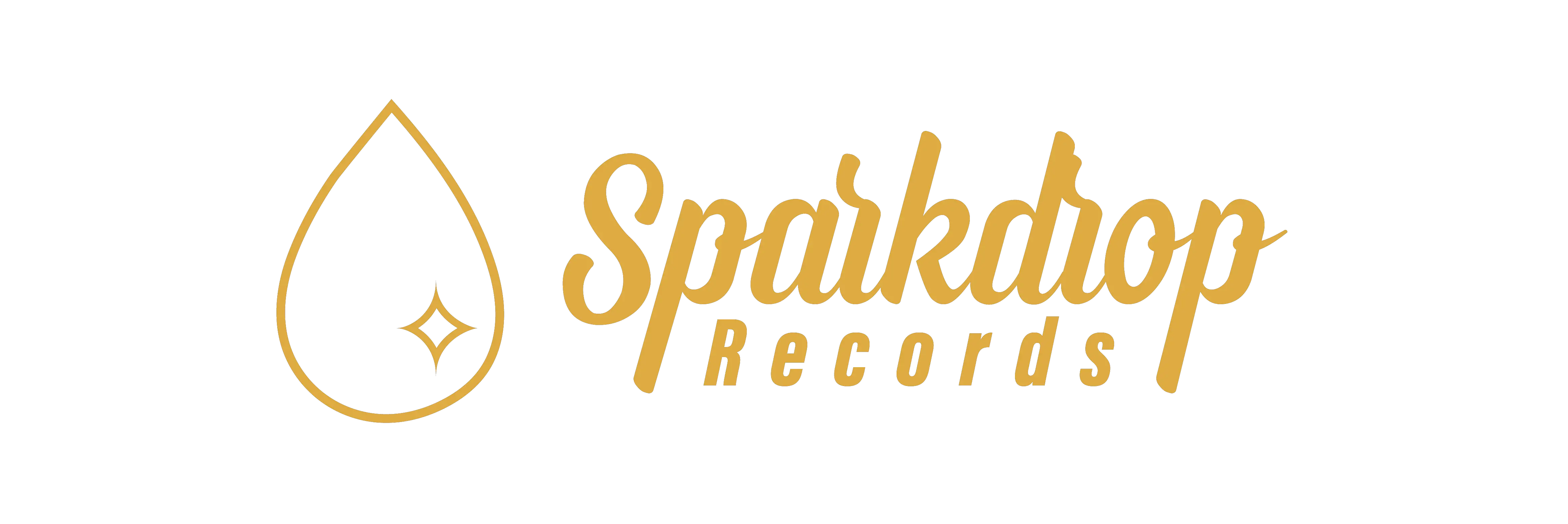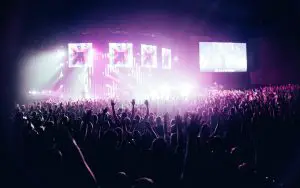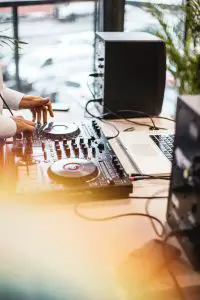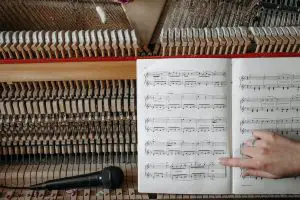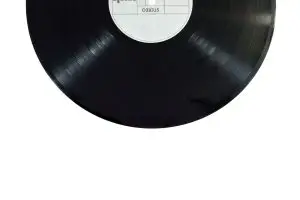Making music is not only possible when you find a standard studio. Today, you can make good music in your home. This is not only for music producers or intending music producers but also singers. Some successful singers today also make music in their homes. If you are considering the cost of setting up a studio in your house, remember you don’t need a standard studio setting. You don’t need an enormous budget to set up your home studio, especially if you already have a working computer. Think about the number of songs you can make with the same set of equipment over a long time. So let’s dive into everything you need to know about how to start making music at home.
Inarguably, making music requires specific technical skills. However, you can easily obtain the necessary technical know-how from watching YouTube videos and tutorials. As long as you love making music, you are set to go! There are a few things to buy and a few steps to take to begin with. This article will provide you with everything you need on how to start making music at home.
- What you must have to start making music at home
- How to start making music at home
What You Must Have to Start Making Music at Home
As long as you have space/room to use, the first step is to know the equipment you need. You may have some of this equipment already, but if you don’t, you don’t need a considerable sum of money to get it. This is the essential equipment you need;
A Computer
Most of the work you will do will be on the computer. If you have one already, you may not need to buy another, but it should be on top of your equipment list if you don’t. Although a desktop will work, having a laptop PC (personal computer) is more advisable for portability and mobility. Moreover, a desktop is more cost-efficient and often more powerful. Once you have a computer, you only need a few more pieces of equipment.
DAW (Digital Audio Workstation)
DAW is a software package used for music recording. Different software packages provide this function. Hence, you have to choose a suitable DAW, purchase and install it on your computer. FL Studio, Logic Pro X, and Cubase are famous examples of DAWs you can purchase. Purchasing a DAW can cost as low as $99 or more, depending on your choice.
An essential feature of the DAW is access to plug-ins. Plug-ins serve as an alternative for live instruments; you don’t have to buy musical instruments with plug-ins. There are three main kinds of plug-ins. Drum plug-ins make available different percussion sounds for beat making, and key plug-ins have various keyboard sounds, including piano, organ, synths, and so on. The third is the string plug-ins with different stringed instrument sounds.
MIDI Controller
MIDI means Musical Instrument Digital Interface. It connects the DAW to musical instruments. You use it to write keyboard sounds as well as drums and precaution. It can serve as an alternative for using musical instruments or plug-ins. Nevertheless, you can use it effectively with plug-ins. A great and affordable midi controller is the Arturia Minilab which costs only about $109.
Studio Headphones
This is a must-have if you want to start making music at home. Music-making is all about sounds, and the gadget you use determines what you hear and the quality of your music. You need a good pair of headphones to properly listen to the music you are making. However, what you want will determine the type of headphones you will have to buy. At the mixing stage, we recommend a pair of open-back headphones so as not to isolate your hearing from the audio. Headphones are also very affordable. At as low as $130, you can buy Beyerdynamic DT990 Pro headphones.
Monitors
As crucial as headphones are, they do not take the place of Monitors. Especially when you are mixing your song, it is best to use Monitors rather than Headphones. It also varies in brand and quality. A great yet affordable monitor you can buy is the Yamaha HS5.
Audio Interface
An audio interface is a link between the computer and any external hardware. If you have your guitar or keyboard that you want to record with, this is what connects them to your computer. It also connects the headphones, Microphones, and monitors. However, if you buy a USB microphone, you do not need an audio interface to connect your microphone. While considering the Audio interface to purchase, make sure it can accommodate any instrument you may want to record. With less than $200, you can buy an excellent interface like the PreSonus AudioBox, and the Focusrite Scarlett Solo.
Studio Recording Microphone
This is a must-have if you want to start making music at home, especially if you will be recording vocals or live instruments like the acoustic guitar. The way your vocals will sound will be predetermined by the quality of the microphone you buy. You can get a good studio recording microphone for as low as $100. Nevertheless, buying a microphone also demands buying a microphone cable, stand, and pop filter.
Acoustic Foams & Panels
For acoustic effects, you may have to install acoustic foams and panels. They also help to reduce echo within your recording room/space as the foams absorb sound. Therefore, to control noise level vibration and echo, you can install acoustic foams on your wall, ceiling, or door.
How to start making music at home
Now that you have the above-listed equipment, here is everything you need to know on how to start making music at home.
Learn Songwriting
You may not be a songwriter before now, but you can learn to know all you need to know. Songwriting is not limited to lyrics writing but also melody and sounds. If you are making music at home, you should know how to write music. There are many YouTube videos and articles that can help you master the art of songwriting in no time and from the comfort of your home. Once you can write songs, it is time to set up your equipment.
Find a Space in Your House to Record
When making music, the environment matters. Also, because you will not be setting up your equipment only when you want to make music, you may have to designate a room or a portion of the room for your equipment. Sound requires space, so you should consider selecting a vast area for your home studio. Also, set up your studio away from the noise and consider installing Acoustic panels.
Set-up Your Studio
Now that you have space, it’s time to set up your equipment. You will need a chair for convenience and a desk to place your computer and monitors. Your microphone should also be set on the mic stand with your midi controller by the side. Connect the plugs and cables and connect them all to your computer through the audio interface. Ensure you are setting up close to a socket for easy access to electricity. Now, you are ready to make music. What you have may not be a standard studio, but that’s the point.
Watch Tutorials on How to Use Daw
You probably cannot wait to start making music from your home. Moreover, learning before working is very important. The fact that there are different DAW software packages makes it essential to learn to use whichever one you choose. The tools and features may be similar, but there are certain unique features to different software. Also, the tools on your DAW can be pretty cumbersome. So you don’t get frustrated, watch YouTube videos for guidance. You can also click here to read about how to use DAW.
It is essential to do this after setting up your space to practice as you learn with your computer and other gadgets.
Know Your Plug-ins
Plug-ins have made it possible to get almost any musical instrument at your fingertips. There are three types of plug-ins, and you must be familiar with them to make your music-making easy and fun. Once you have learned to use your DAW, you should get acquainted with your plug-ins before you start making music.
The drum plug-ins are of two types. The first is Drum PRO, with about 20 built-in drum kits. It is generally more suitable for electronic music as it does not give an authentic drum sound. The second type is the Addictive Drums plug-ins which sound like real drums because they were sampled from life drum records. The kind of music you intend to make determines the sound to use.
The keys plug-ins emulate keyboard sounds and can therefore stand as an alternative for a live keyboard. It contains various sounds, inclusive of piano, e-piano, and organ sounds. Also, there are different types of key plug-ins, including ‘Dexed by Digital Suburban’ and ‘Addictive Keys,’ which is the best one of all.
The strings plug-ins make it possible to have a whole orchestra at your reach for free. However, they are also of different types, including; DSK Overture and DSK Strings, both having their unique sounds and use.
As much as each of these plug-ins have many kits and sounds, you may need to purchase more kits as you make music. More kits can be purchased in each category for as low as $20, making it very cost-efficient considering the number of sounds you will have access to. Knowing your plug-ins is one way to enjoy your music-making experience, and you can only know them by trying them out.
Try Out Ideas
All music you will create will come first as an idea. You may have a number of them already. Now you can start making music at home. Making music on DAW requires arrangements and layering, therefore creating layers of drums, baseline, keyboard, and so on as your music idea demands. You can make music from almost all genres of music using DAW. Also, you can record vocals as the music demands. You are making the music in small parts, some of which you will have to loop. Bringing and playing all these parts together is what makes the music.
Listen and Make Adjustments
The best of records are made from various critiques and appreciation. Therefore listen to everything over and over again as you make necessary adjustments and additions. A music maker must be a strong music listener!
Save As
Once your music has been made to satisfaction, you must save it to avoid loss of data. Moreover, you can save a music file while working on it to guard against unforeseen incidents that may cause data loss. There are two ways to keep your music on DAW. You either save it as an audio file or as a MIDI file. Saving as audio is often easier in processing than saving as midi. Files saved as music are often samples meant to be used on different songs as need be.
Share With Someone for Critics
As crucial as your assessment is, you need an external ear, especially at the early stage of music-making. Play your song for people or selected persons to get feedback and Mark your progress. Their responses can help you adjust the music to its best.
Work on Your Limitations
From the first set of music you make, you will notice certain limitations in your skills, songwriting, gadgets, or even time. Your self-development in making music depends on the number of limitations you have identified and improved on.
Mastering
Since you are making your music at home, you may not be considering hiring someone to master your songs. However, mastering a song is a very technical aspect of music-making, and to master your songs properly, you should learn about it. Mastering a song always comes last in the process. To learn to master your music, you can check out videos on YouTube or click here.
Conclusion
Now, you know how to start making music at home. You also must have discovered that creating music at home is relatively cheap and easy. The most expensive commodity here is time, as making music takes a lot of time. You can start, and before you know it, you have spent 5hours on a song. Nevertheless, you get to make your music your way, in your comfort and at your time.
